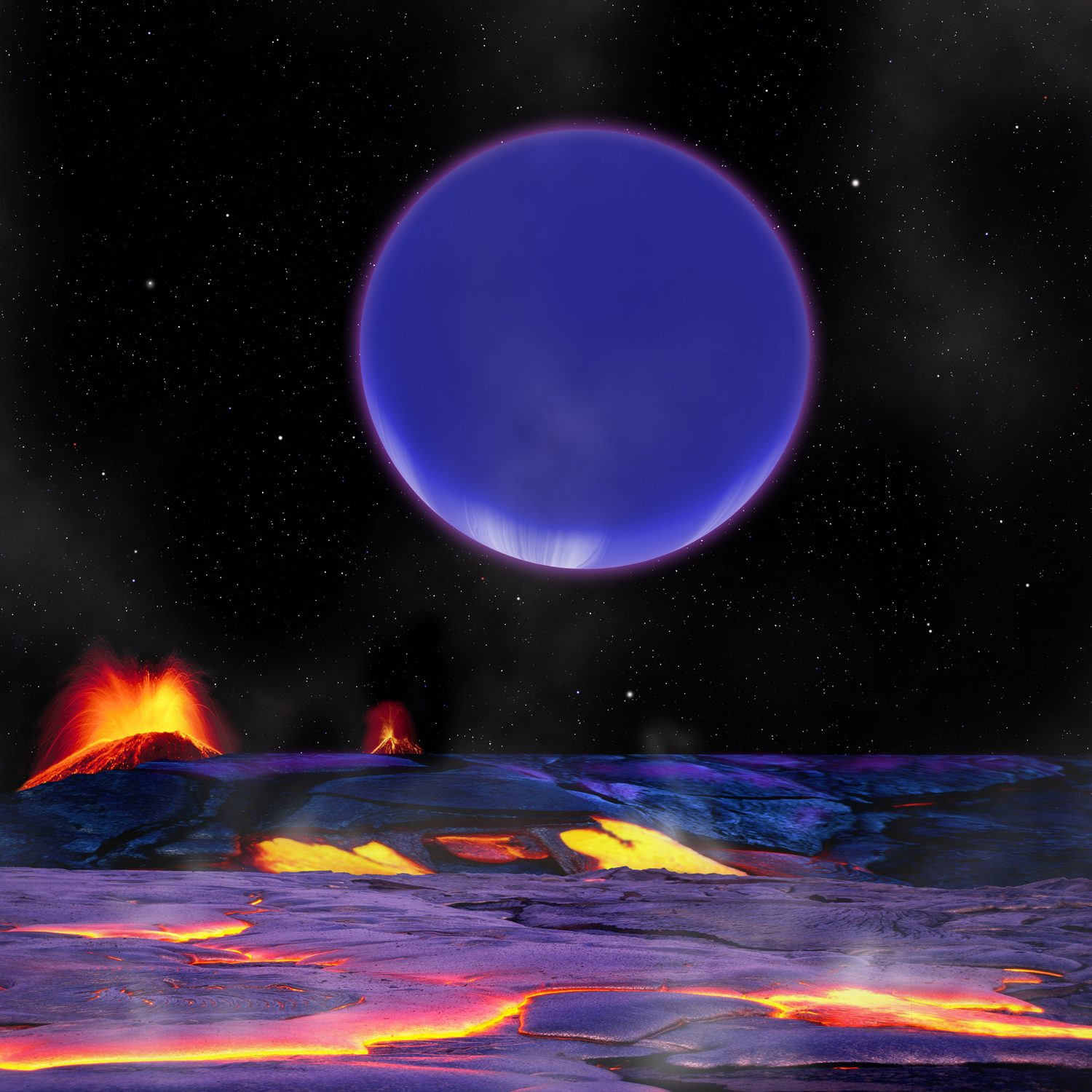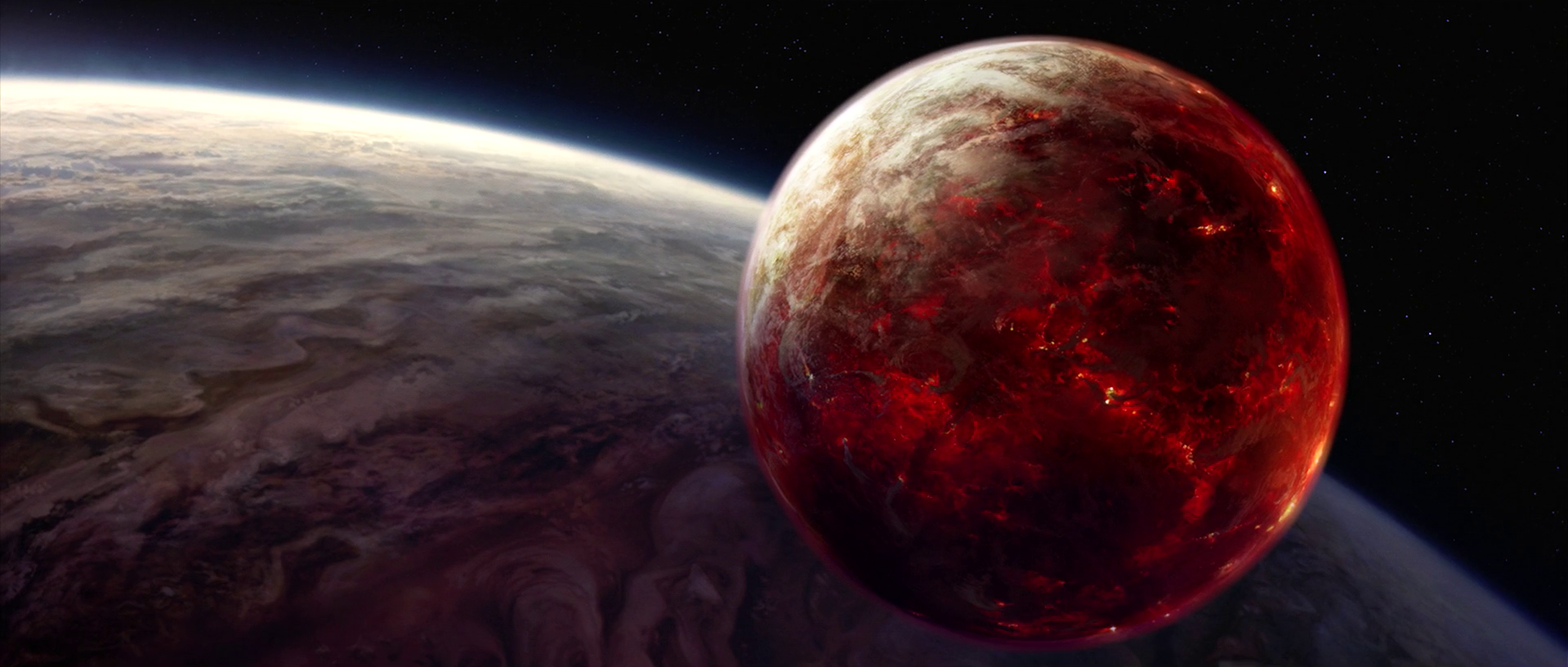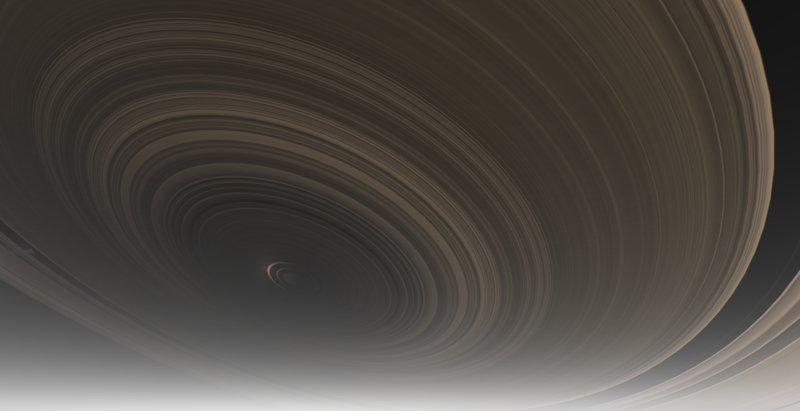With that in mind, the following are some of my proposals for names for discovered exoplanets, based on the few details we know about them. At some point I hope I can make a poster of them or something. Keep in mind that I'm not necessarily advocating these names be made official by the IAU just yet; our understanding of these planets is constantly evolving, and most of what we "know" about them is really conjecture. But my last piece was about figuring out whether Starkiller Base was terraformed; our main priority here is speculating and having fun with scientific rigor a close second at best.
Easter
 |
| Image source: NASA |
Designation: WASP-12b
Constellation: Auriga
Distance from Earth: 871 ly
With one of the tightest orbital paths known, orbiting its sun in just 26 hours(!), tidal forces stretch this planet into an egg shape. Hence the name.
You know, because...Easter eggs.
Plutus
 |
| Image Source: NASA |
Designation: PSR J1719-1438 b
Constellation: Serpens
Distance from Earth: 4000 ly
A pulsar planet that is believed to be composed of solid diamond. Thus, I think it should be named for the Greek god of wealth (from which we get the word "plutocracy.")
Diadem
Remember that Super Saturn discovered last year? The term "diadem" basically means "crown," so I think that fits this planet's most prominent feature.
Yasur
|
Designation: Corot-7b
Constellation: Monoceros
Distance from Earth: 490 ly
This is a planet that could have extreme volcanic activity or even seas of lava, so I named it after Mount Yasur, a volcano in Vanuatu.
This is a planet that could have extreme volcanic activity or even seas of lava, so I named it after Mount Yasur, a volcano in Vanuatu.
Mustafa
 |
| Source: David Aguilar, Harvard-Smithsonian Center for Astrophysics |
Designation: Kepler-36b
Constellation: Cygnus
Distance from Earth: 1530 ly
OK, I admit I picked this name as a reference to Mustafar from Star Wars Episode III. But when I first saw the above artist's concept, I was reminded of this shot from the movie:
Volcanic planet backdropped by purple gas giant? Too on the nose to pass up. This is only reinforced by the supplemental material which confirms that Mustafar is not a moon of that gas giant, but stuck in a tug of war between two gas giants, tidal forces producing extreme volcanic activity. With the Kepler-36 system, there seems to be only one gas planet involved in this gravitational tug of war, but that's still close enough for me.
Not sure what to name the other planet though. "Mustafa" is a common Arabic given name and an epithet for the prophet Muhammad (meaning "the chosen one"), so maybe we can complement that by giving Kepler-36c a feminine name of similar significance: Khadija, the name of Muhammad's first wife. I think this works because it paints this solar system in a more positive light, seeing the volcanism not as a state of destruction but as a thing of natural beauty in the universe.
OK, I admit I picked this name as a reference to Mustafar from Star Wars Episode III. But when I first saw the above artist's concept, I was reminded of this shot from the movie:
 |
| "That's no moon." No really, it's not a moon, it's a planet. |
Not sure what to name the other planet though. "Mustafa" is a common Arabic given name and an epithet for the prophet Muhammad (meaning "the chosen one"), so maybe we can complement that by giving Kepler-36c a feminine name of similar significance: Khadija, the name of Muhammad's first wife. I think this works because it paints this solar system in a more positive light, seeing the volcanism not as a state of destruction but as a thing of natural beauty in the universe.


No comments:
Post a Comment